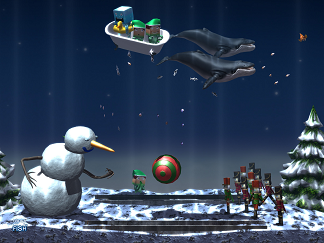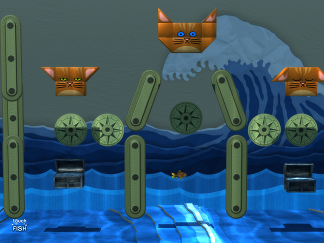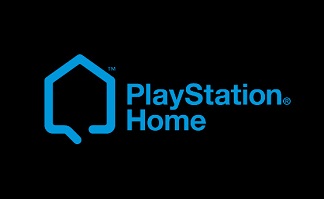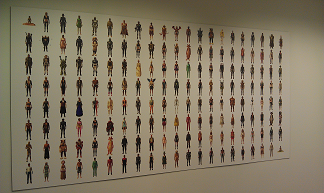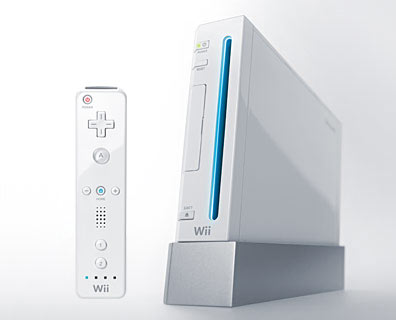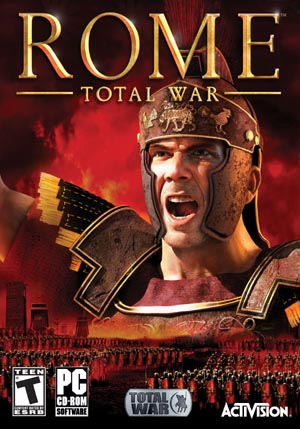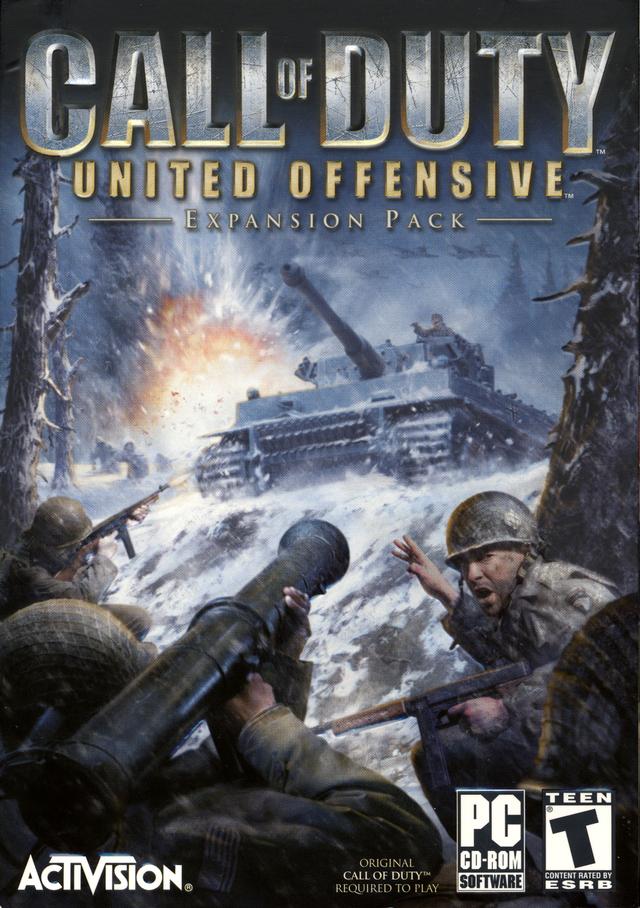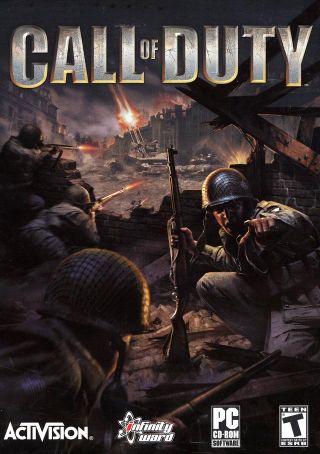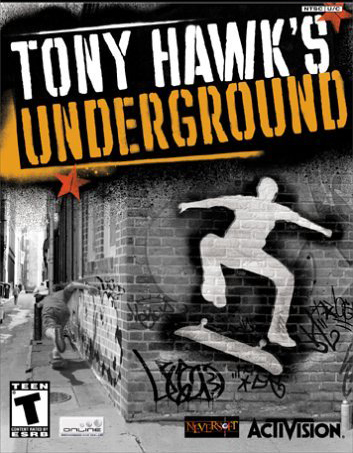| TouchFactor | |
|---|---|
|
Position: Game Designer
I have been working over the past couple years on an iPad/iPhone free-to-play game called TouchFish, which is a 3D pet simulator and tank decorating hybrid. Players can raise a BuddyFish where they can pet it by rubbing the screen, teach it tricks by drawing gestures, or even use the camera on the device to have it react to your emotions. You can find more information about the game here. I was the main designer to implement several pillars in the game, such as the tutorial, mini games, and player progression. In order to create the tutorial, I worked very closely with the programmers to create a tutorial system consisting of sets of actions to call for the tutorial. We used a Drupal form where I had access to a list of roughly 100 different actions to call, such as what UI elements to display or to wait for specific inputs by the player, etc. The tutorial had gone through many iterations based on feedback. We also had two mini-games that the players could access with their BuddyFish. Stewart Says was our take on the old Simon Says (Stewart is our starfish steward to help players through the game) where a trick sequence would flash on the trick sidebar, and players would have do draw the correct gestures to get a high score. Our second mini-game was Bumper Fish, a physics based action puzzler, where players use their BuddyFish to collide with objects within the tank to earn additional time and score. I had created 90 different levels for both of these mini-games as well as implemented scoring and challenge. These were a lot of fun to create and lots of players seem to really enjoy them! I became the keeper of most of the elements dealing with our in game economy and player progression. I created many spreadsheets dealing with how much a player could earn by performing tricks, fish ranching, cleaning the tank, food costs, how much XP the player needed to level up, and several others. For fish ranching, I had created 85 different reward types for background fish. Because it was a fish tank game, I wanted to make sure every fish was worthwhile using, depending on your time restraints. I never wanted a pure upgrade in reward earnings because I didn't want any fish to be obsolete as soon as the upgraded version was unlocked. Though I wasn't the main designer for missions, I did create about 10 story mission threads for the game. We would typically have a 1-2 sentence story for any given mission, paired with up to 3 objectives. Each mission thread could have 10-50 individual missions. Most objectives centered around decorating your tank or playing with your BuddyFish. For the tank decorating missions, we tried to create more open ended objectives so that the we could guide a player through a theme but still have plenty of options in order to satisfy the mission. Overall, I was very proud of the work I had done as well as the work the team had done. It's a truly unique game worth checking out.
|
| Sony | |
|
Position: Playstation Home Operations Specialist During my 3 years working at Sony, it was truly a great environment and the people that I had worked with were among the most fun I've ever experienced. It's not every day that you can break out a lyric from "Conan the Musical" and have the other team members start singing along. I learned so much working at Sony and met some fantastic people. The sheer amount of organizational skills and attention to detail required to consistently publish content to a live game, week after week with few errors, has greatly improved many aspects of my work and life.
|
| Factor 5 | |
Unannounced Project For Nintendo Wii |
Position: Jr. Game Designer Factor 5 was where I was brought on as a Jr. Game Designer. I was working on an unannounced casual title for the Nintendo Wii. My main duties were to implement missions based on the activities outlined in the design doc. Most of what I did was to create fun missions/activities using object placement. We had "design kits" which were essentially just a group of assets that were made to function with certain mission types. How they were placed throughout the environment determined the experience given to the player. For example, if a mission was to destroy a number of targets I would vary the mission by changing the number, type, and placement of the targets. The missions were designed to be played in 5-15 minute increments and players had a wide variety of activities to choose from. I also did a lot of spline creation and manipulation. Splines were used to create very simple AI pathing in a 3D space where we could adjust the speeds by just plugging in a new value. Our system was really user friendly and also data driven. We were able to take objects and attach properties to them to allow them to do different things depending on the mission/activity. Adjusting those properties was as simple as checking a box or entering a new value into our tool's UI. The project I was on had very little scripting but was something I wanted to get deeper into before my employment had ended. Since we had a brilliant tools team and I liked to break stuff, given my experience as a tester, I really enjoyed testing out the new tools and features that were being implemented in our engine. We had a lot of objects to render inside of our editor which made things pretty slow at times. I would constantly try and help narrow down some issues we would be having, like geometry disappearing or scaling improperly. I had given lots of feedback for our tools team and even wrote proposals for new features to make everyone's life much easier. I loved working on this project because it taught me a lot about designing for casual players as opposed to my previous experience designing for the hardcore players. I better understood how to adjust difficulty and make things more accessible to new users while still providing a challenge for more experienced players.
|
| Backbone Entertainment | |
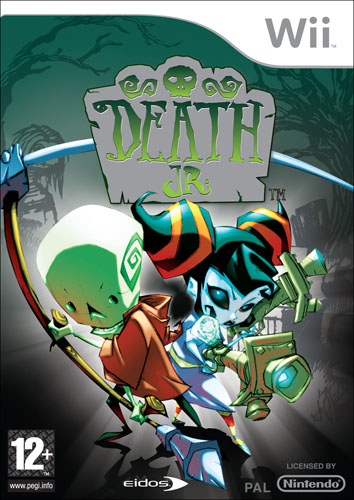 |
Position: Game Design Intern During my three month internship at Backbone, I got my first real taste of designing on a professional level. Naturally I started off doing relatively simple tasks such as cataloging all text that was spoken by characters in the game and creating an Excel spreadsheet to easily show how much text was in each level and where we might need extra dialog. Another cataloging task was for me to document how much and how often the player would receive the in game currency (bling) used for upgrades and new unlocked abilities. I then took that data and created a pickup plan that detailed how much bling the player would receive per level and roughly how much upgrades should cost. I eventually got into more complex duties such as creating door triggers, in Backbone's internal XML based scripting system, where you had to kill a certain amount of enemies for the door to open. Also, I worked with timed platform scripts to assure that the player would be able to complete platforming activities. The bulk of my work ended up being object placement. I placed "bling" and "bling pods" throughout all but a couple levels in the game. I was guided by my earlier spreadsheet to have an idea of how many bling pods I needed to place in each level. I used Maya to place all of these assets so I became quite familiar navigating Maya based level editing.
|
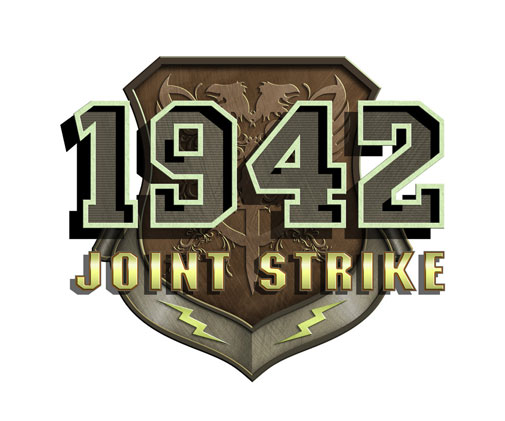 |
Since there is almost always some down time in a game studio, I spent mine working on a boss encounter document for the classic remake 1942: Joint Strike. This was the first design document I had ever written and so I learned quite a bit in the process. I spent a few weeks, when I wasn't working on Death Jr., coming up with all of the abilities, phases, and weak points for the first and final boss encounters. The original idea was to make the final boss an upgraded and more difficult version of the first boss. I loved working on this project because it taught me a lot about breaking things down into every little detail and also organizing it within a document so that it's easy to read quickly. The final version ended up being about 90% the same as when I initially wrote the document even though I had only worked on those encounters for a few weeks. I would have loved to work on it for the remaining months till release, but I had to get back to school and finish my degree. If you would like to see where I am in the credits, my name is at the bottom of the special thanks page.
|
Konami |
|
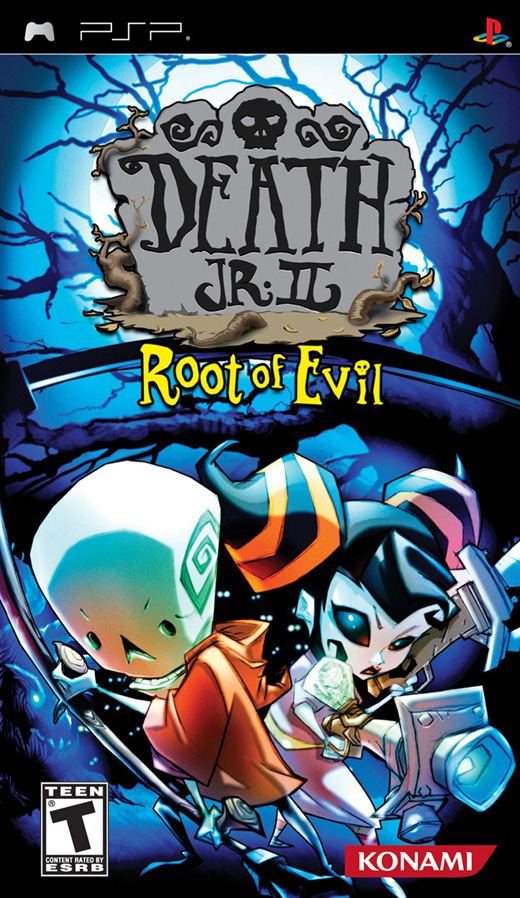 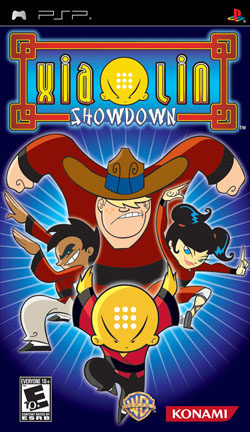 |
Position: Game Tester I spent the summer of 2006 working as a game tester at Konami in Redwood City. Working as a tester was great because it ultimately got me an internship with Backbone Entertainment the following summer. Being able to properly document and reproduce bugs is a skill that I believe to be very important to any developer. Being able to clearly explain what is happening, what is supposed to happen, and why certain things aren't happening is very valuable. Through professional game testing, I learned how to compartmentalize my thinking as a player, as a tester, and as a designer. They are all very similar but also separate.
|
Activision Visioneer Program |
|
|
Position: External Beta Tester The Activision Visioneer program was an external unpaid beta testing group in which you had to apply to become a part of. Fortunately for me, I was accepted and was among the 100 or so active participants. While participating in the Visioneer program, I earned an MVP award on both Call of Duty: United Offensive and Rome: Total War. The MVP award was given to members who contributed a great deal to the projects. That member was online for almost all scheduled test sessions, actively looked for bugs, and was able to clearly explain how to reproduce bugs. There were a few of us in the program that would use Xfire to organize our own test sessions because it was easy to join the game that another member had started. Apart from testing, it was also a lot of fun. We got to participate in creating gameplay trailers and got to play the games before anyone else. Stress testing servers where 64 players group up on a single spot and toss grenades was hilarious and everyone had a great time. |

